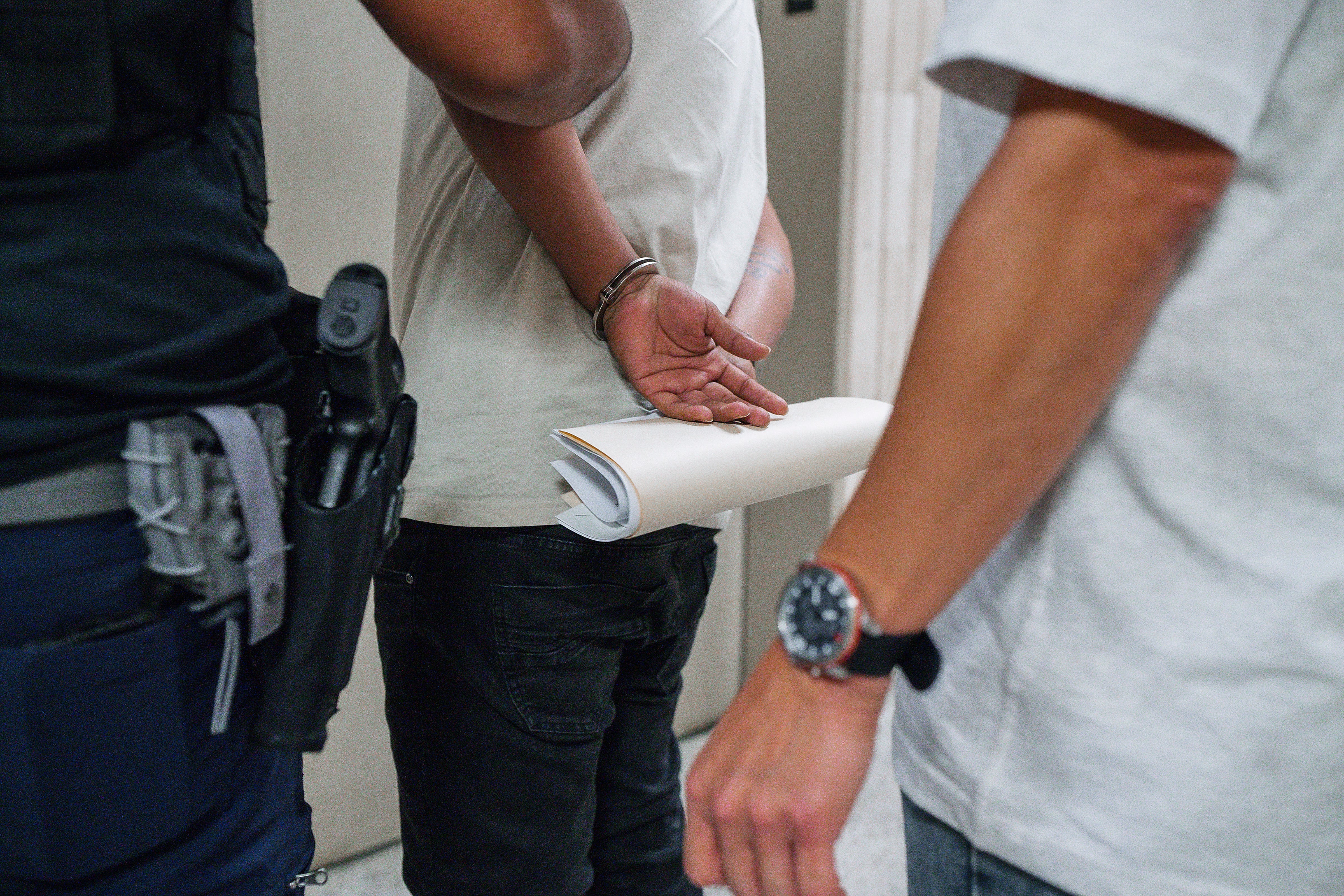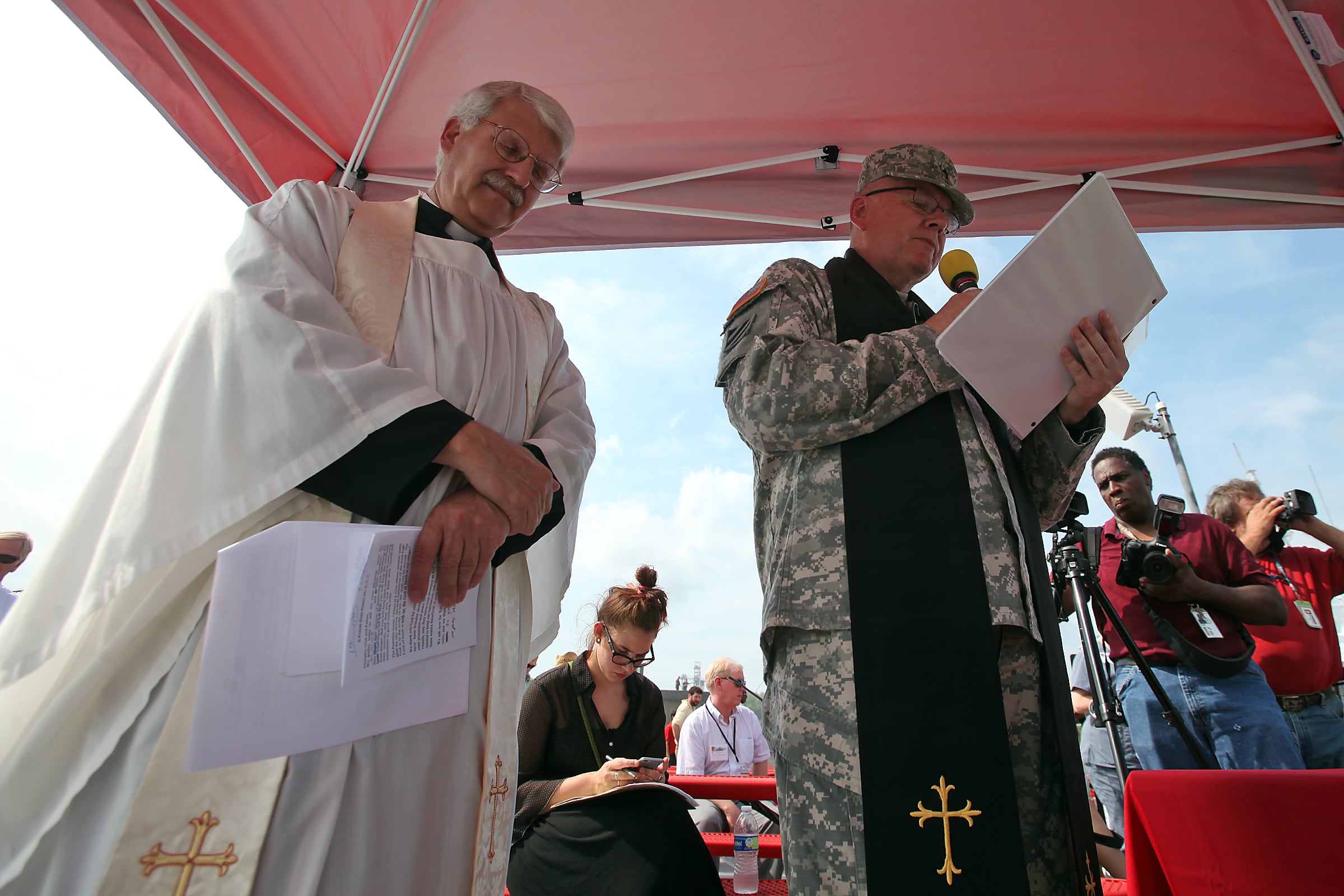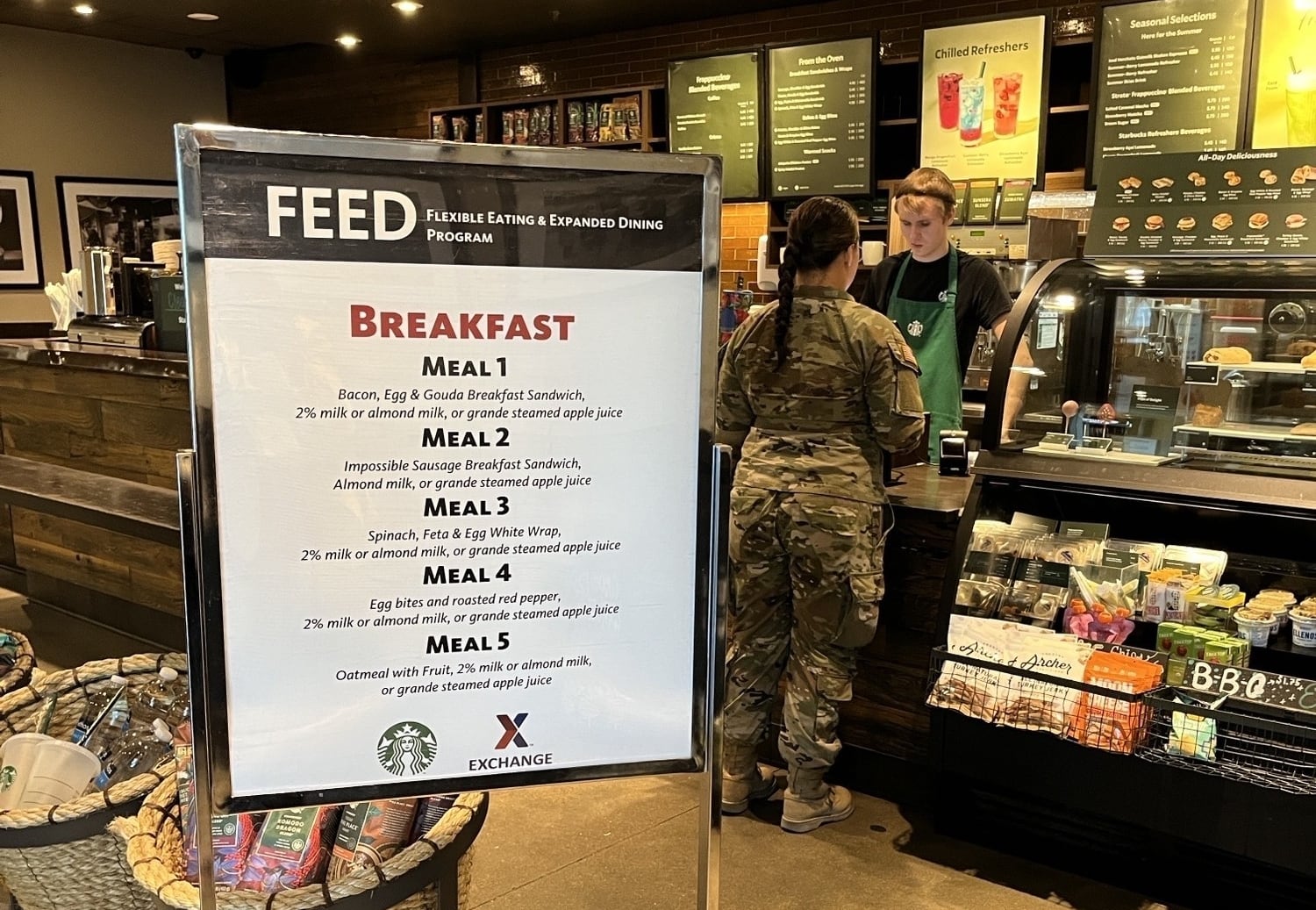Navy women were asked what they like — and don't like – about their uniforms, and their answers are driving a number of key changes.
Respondents to the 2013 Women's Uniform Survey say they aren't looking for a sweeping overhaul of their uniforms. They just want them to fit better. In particular, they are unhappy with the waist-hip ratio, the bust-waist ratio and the lack of shoulder room common to most uniforms.
Specifically, female sailors want the Navy to:
■ Lower the waist on slacks and add new or larger pockets.
■ Increase shoulder area, widen arm holes and add more pockets to the service dress blues and service dress whites.
■ Narrow the hemline and lower the waist on the skirt.
■ Add more shoulder room and length to the bottom of the overblouse.
■ For chiefs and officers, satin-lined collars and more shoulder room for summer khakis and whites.
■ A slight majority want a chain at middle button level of the dinner dress blue and dinner dress white jacket. Male versions of those uniforms have such a chain to slightly close the front.
In response, officials have launched efforts to improve the khaki slacks' waist and hip design and provide belted and beltless options, said Rear Adm. Fritz Roegge, director of Military Personnel Plans and Policy Division on the Navy Staff. They also are looking to add a pocket on the dress blues coat and narrow the hemline of khaki and white skirts so that it is similar to the dress blues skirt.
An improved all-weather coat will be issued as part of the sea bag this fall. And uniform shops in the coming weeks will have the ability to swap the service dress white choker's Velcro for a metal clasp that provides "better closure and a more professional appearance." Saltier sailors who remember problems with the previous metal clasp have no reason to worry, Roegge said. This one is new and improved.
In the Navy's continuing push to ensure women aren't simply issued smaller versions of a man's uniform, officials this fall will launch an anthropometric correlation study designed to improve the comfort, performance and fit of all uniforms for both genders.
The Army in 2010 conducted a similar 15-month study that measured 94 body points on 13,000 soldiers. The study — the first of its kind since 1988 — combined standard measurements with three-dimensional surface scans of the body, head, face and foot. Army officials found that today's service members are larger with more defined muscle mass, but uniforms were still designed using the 25-year-old data. No more. The specialized dimensions drawn from the Army study are now being used to redesign clothing and individual equipment.
Some of that data was used in the development of a female-specific Army Combat Uniform, the soldier's equivalent of the Navy working uniform. The female-cut ACU comes in 13 sizes and boasts more than a dozen upgrades suited to meet the size and shape of every woman. Jackets come in different chest, waist and sweep measurements, while trousers come in different hip measurements.
The Navy anthropometric correlation study will measure 4,000 of its sailors and compare those findings with the Army data.
"If it shows a good correlation between our small sample and the Army's large sample, then we can use the totality of the Army data to update the patterns that are used in manufacturing our uniforms," Roegge said.
Officials are working to add new uniform items to the mix. The wear test of the SDB jumper with "Dixie cups" will extend by approximately 300 sailors this fall, and wear tests of a new combination cover will conclude in the fall. Feedback will be incorporated into a final design expected in fiscal 2015, with fleet introduction the following year. And 238 sailors in three locations — Bahrain, Guam and Hawaii — are about to wrap up a 60-day wear test of two new, lightweight Navy working uniform. The sailors describe them as "more breathable" and "much cooler." Data will be analyzed by year's end. An announcement regarding the way ahead is expected in early 2015.
"We are continuing to seek some level of enhanced uniformity, and we are keeping in mind that every time we add something, it makes the sea bag bigger," Roegge said. "So we are also looking at ways of paring some things down and we are very cost conscious. There are lots of other things we could do if time and money were unconstrained, but that's not the world we live in."
The good, bad and ugly
The majority of survey respondents said they are "satisfied" or "very satisfied" with the professional appearance of uniforms. The SDBs with slacks scored the highest marks, while the Navy working uniform was viewed much less favorably. The SDBs received a thumbs-up from 90 percent of chiefs, 80 percent of officers and 70 percent of enlisted sailors. Two-thirds of the enlisted force is satisfied with the NWU's professional appearance, but only half of chiefs and 42 percent of officers concur.
Coveralls and the NWU blue T-shirt got high marks for fit and comfort across the ranks. The skirt was at the other end of the spectrum, and consistently ranked at the bottom. Slightly more than half of chiefs and only one-in-three enlisted sailors had anything positive to say about the skirt.
Despite the professional appearance, enlisted sailors said most SDB and SDW components are uncomfortable and do not fit well. More than 40 percent of E-6 and below are dissatisfied with the coat and one-third is dissatisfied with the slacks. The khaki and white slacks scored lowest among chiefs and officers. Only one-in-four officers said they like the fit of the slacks. Half of chiefs and 69 percent of officers are dissatisfied with the fit of khaki slacks. Dissatisfaction with white slacks comes in at 40 percent of chiefs and 60 percent of officers.
Women were increasingly unhappy with collar lengths as they reached higher ranks because it covered the warfare designations and fruit salad they earned over the years. But differences of opinion were evident among different ranks. Enlisted sailors prefer the fit of the NWU to the dress shirt, while chiefs and officers prefer the fit of the dress shirt to the NWU. Chiefs and officers alike prefer the overblouse to a tucked-in shirt, though the margin was far wider for officers. Half of officers, but only one-in-three within the enlisted ranks, said they would likely buy an overblouse version of the service dress shirt.
The Navy released its findings on Aug. 4. Nearly 16,000 random Navy women were invited to take the survey and 2,880, or 19 percent, obliged. That response rate is consistent with most national surveys and well within the parameters for determining group perspective, according to the American Association of Public Opinion Research.





